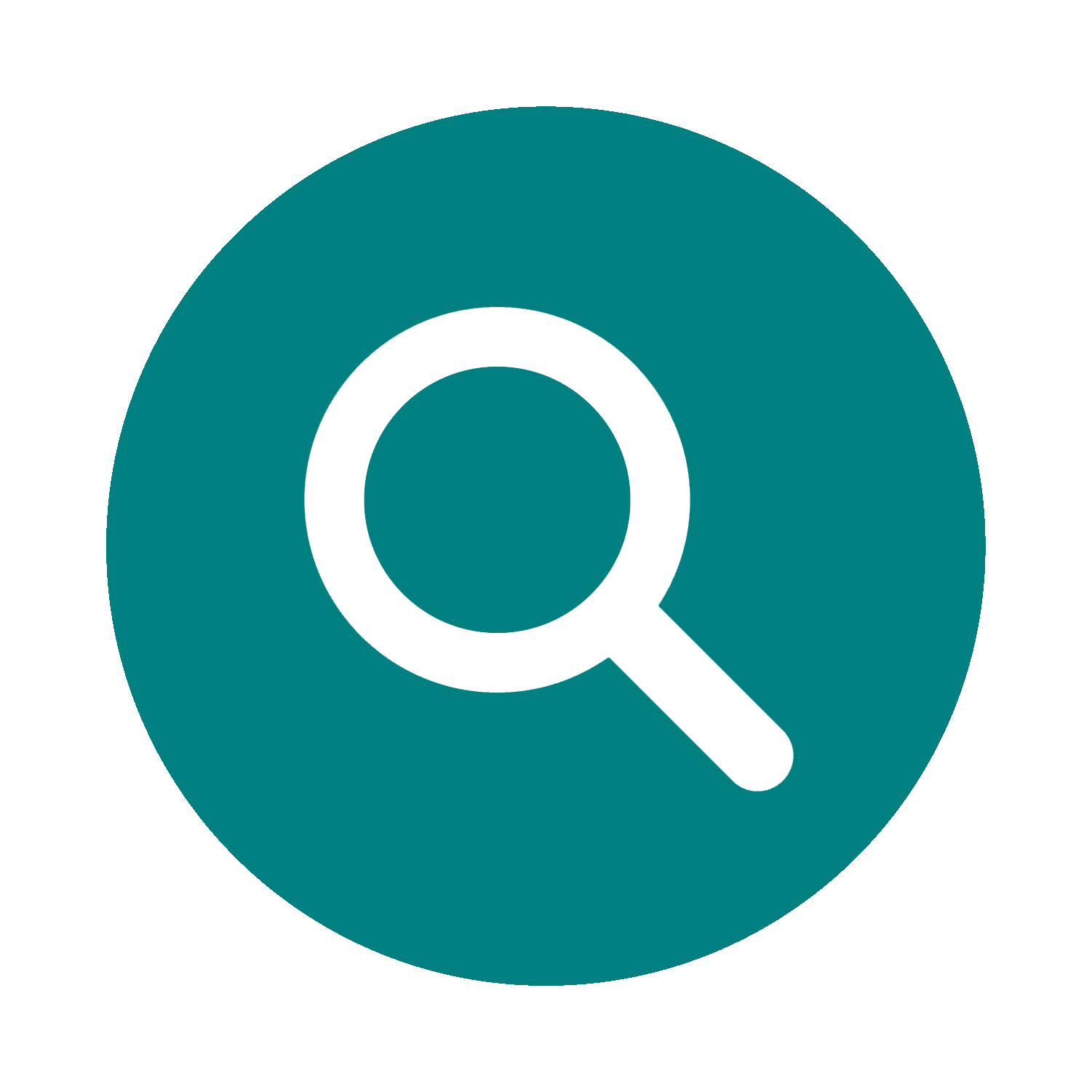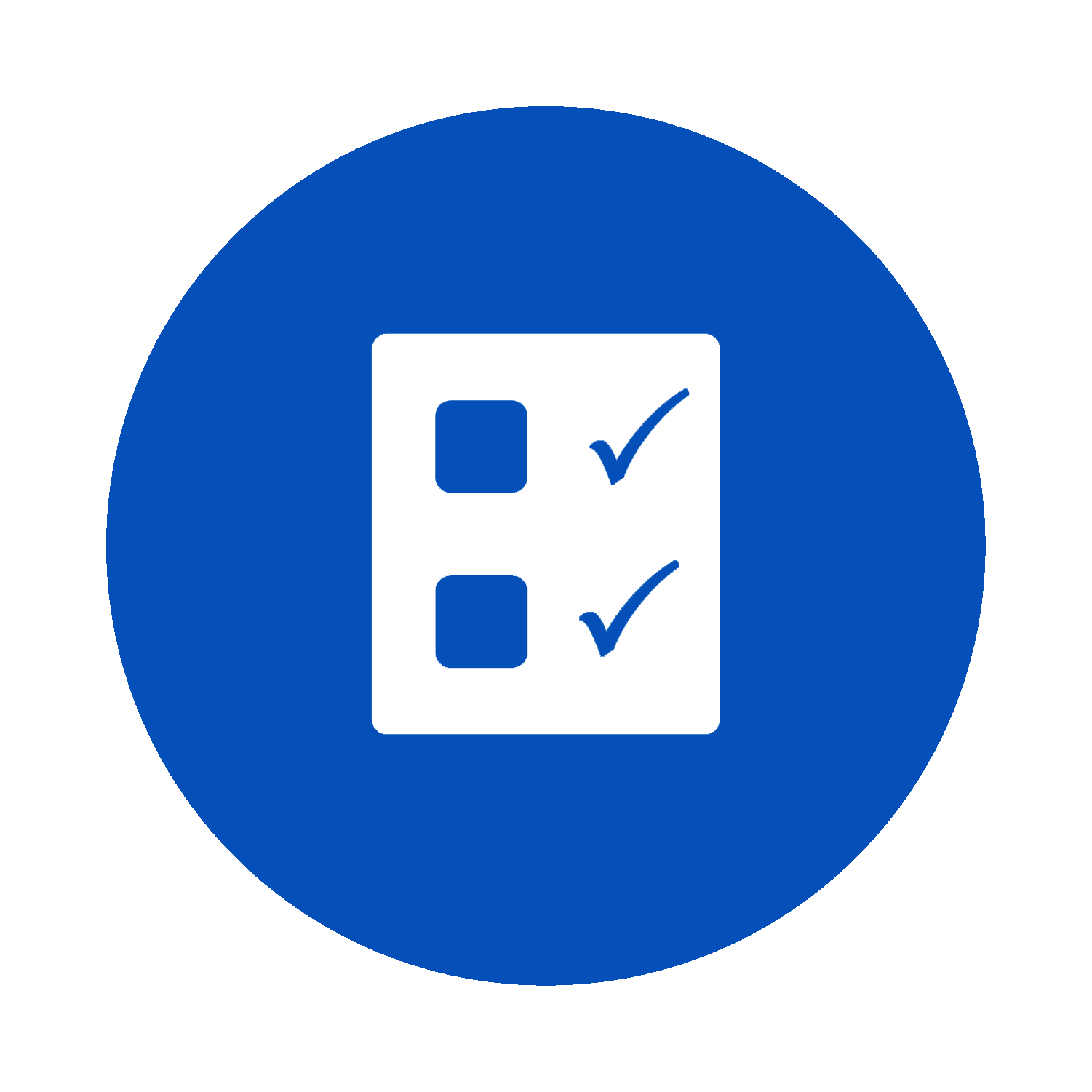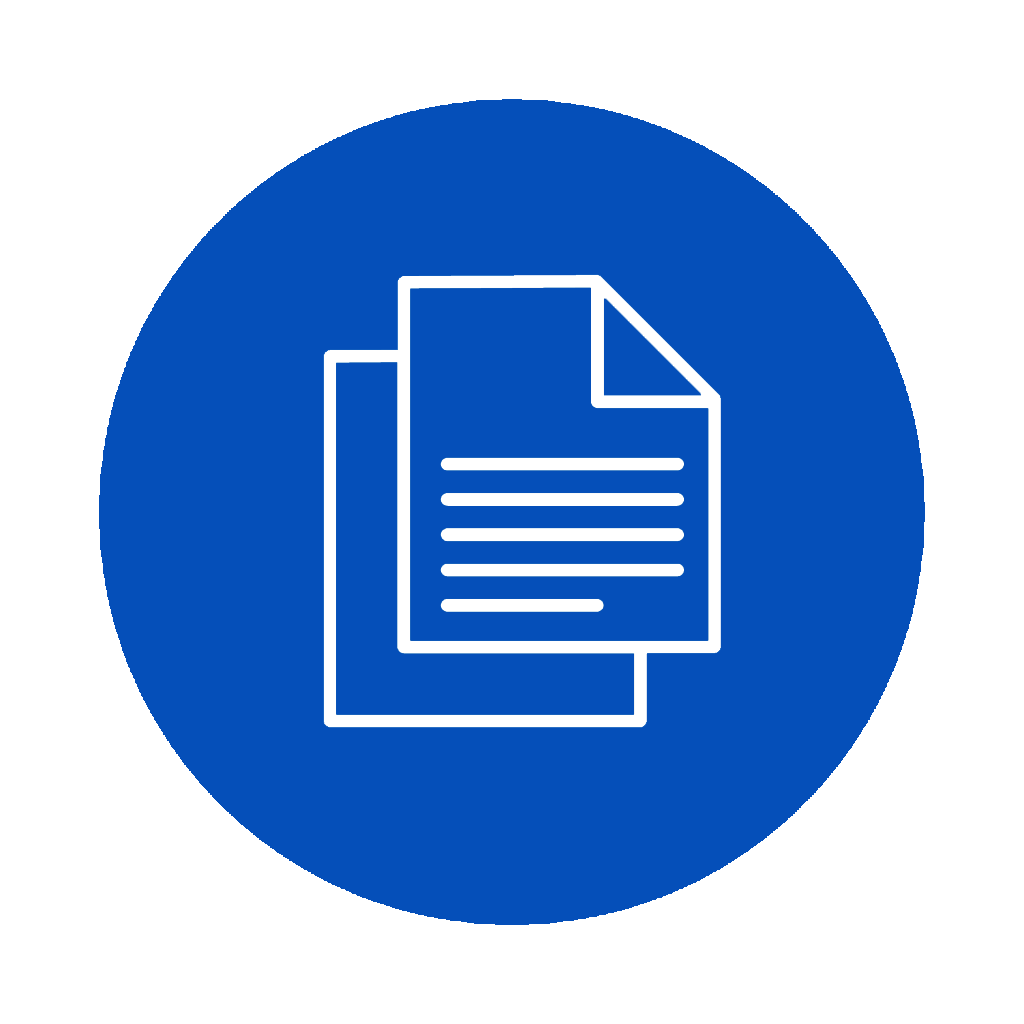Chapter 07. Internal Audit Planning and Strategy
07.01. Strategic Planning for Internal Auditing

Key Questions
![]() Briefly reflect on the following before we begin:
Briefly reflect on the following before we begin:
- How does strategic planning within the internal audit function align with overall organizational strategy?
- What key elements should be included in an internal audit strategic plan?
- How can internal audit add value through strategic planning in addressing organizational risks and opportunities?
- What role do stakeholders play in the strategic planning process for internal auditing?
Strategic planning plays a pivotal role in internal auditing to ensure that the audit function aligns effectively with the overarching goals and objectives of the organization. This section delves into the strategic planning process for internal auditing, highlighting key considerations and best practices for developing a robust strategic framework. Aligning internal audit with organizational strategy and objectives is essential for its success and relevance. By understanding the strategic direction of the organization, internal audit can tailor its approach to focus on areas of most significant importance, thereby maximizing its impact on organizational success.
Developing a long-term vision for the internal audit function involves envisioning its future role and contribution within the organization. This vision serves as a guiding beacon, informing strategic decisions and shaping the trajectory of the audit function over time. Critical components of an internal audit strategic plan include defining objectives, outlining strategies for achieving them, and establishing clear performance measures and indicators to gauge success.
Engaging stakeholders in the strategic planning process fosters collaboration and ensures alignment with organizational priorities. By soliciting input from key stakeholders across various levels and functions, internal audit can gain valuable insights and perspectives, enhancing the relevance and effectiveness of its strategic plan. Moreover, balancing strategic and operational auditing needs is essential to effectively address long-term strategic risks and day-to-day operational challenges. This balance ensures that internal audit remains agile and responsive to the organization’s evolving needs while driving strategic value.
 Internal Audit in Action
Internal Audit in Action
Background
LarinWare Inc., a leading software company, has recently pivoted its business model to focus on cloud services. This shift introduces new risks and opportunities, necessitating a strategic realignment of the internal audit function to better support the company’s new direction.
Challenge
The internal audit department must update its strategic plan to align with LarinWare’s organizational strategy and objectives, addressing the unique risks associated with cloud computing, such as data security and regulatory compliance.
Action Taken
- Aligning with Organizational Strategy: The Chief Audit Executive (CAE) initiated discussions with senior management and key stakeholders to understand the strategic goals related to the pivot to cloud services.
- Developing a Long-Term Vision: The internal audit team crafted a long-term vision that included developing expertise in cloud technology and security frameworks, aiming to become a strategic partner in risk management.
- Key Components of the Strategic Plan: The plan included targeted training for audit staff, investment in new audit tools, and a schedule for thematic audits focused on cloud service risks.
- Stakeholder Engagement: The CAE engaged stakeholders throughout the process, ensuring the audit plan was responsive to management concerns and aligned with the broader organizational goals.
- Performance Measures: Key performance indicators were established to measure the strategic plan’s success, focusing on audit impact, risk coverage, and stakeholder satisfaction.
- Balancing Needs: The plan balanced strategic audits of new cloud services with ongoing operational audits, ensuring comprehensive risk coverage.
Outcome
The strategic realignment of the internal audit function at LarinWare Inc. enhanced its relevance and impact, providing critical insights into the risks and controls associated with cloud services. The function’s proactive approach helped identify potential issues early, allowing the company to address them swiftly and maintain its competitive edge in the cloud computing market.
Reflection
This scenario highlights the importance of aligning the internal audit function’s strategic planning with organizational goals, especially during significant business model shifts. LarinWare’s internal audit department successfully navigated the challenges by developing a focused strategic plan, engaging stakeholders, and establishing clear performance measures, thus ensuring its continued contribution to the company’s success.
Aligning Internal Audit with Organizational Strategy and Objectives
Strategic alignment between the internal audit function and the organization’s overarching strategy and objectives ensures that the internal audit activities directly contribute to achieving organizational goals, thereby enhancing value.
The first step in aligning the internal audit function with the organization’s strategy is to understand the organization’s mission, vision, strategic goals, and objectives. This knowledge allows internal auditors to identify areas where they can add value and support the organization’s strategic direction. Once the organization’s strategy is understood, the internal audit function must identify and assess risks that could hinder achieving these strategic objectives. By focusing on these risks, internal auditors can prioritize their efforts on areas that matter most to the organization’s success.
Audit planning should not occur in isolation from the organization’s strategic planning process. Instead, audit plans should be developed with a clear understanding of how each audit activity supports the organization’s strategic objectives. This might involve auditing critical processes that directly impact the organization’s strategic goals or areas where the organization plans to grow or transform. Beyond assessing and providing assurance on risk management and control processes, internal auditors can also play an advisory role. They can offer insights and recommendations that help management refine strategies and objectives, ensuring they are realistic and aligned with the organization’s risk appetite. Internal auditors must communicate the ways in which their work aligns with and supports the organization’s strategic objectives. This communication should occur after audit engagements, during planning stages, and through ongoing stakeholder dialogue. By doing so, the internal audit function demonstrates its role as a strategic partner within the organization.
Strategic alignment is not a one-time effort but a continuous process. The internal audit function must regularly reassess its alignment with the organization’s strategy and objectives, adapting its focus and plans as the organization evolves. This agility allows the internal audit function to remain relevant and add value in a changing business environment. By aligning its activities with the organization’s strategy and objectives, the internal audit function positions itself as a critical player in its success, providing assurance, insights, and advice that help the organization achieve its strategic goals while managing risks effectively.
Developing a Long-Term Vision for the Internal Audit Function
Crafting a long-term vision for the internal audit function is a step that shapes its future direction and the value that it brings to the organization. It also serves as a guiding star, ensuring the internal audit remains aligned with the organization’s evolving strategies and objectives. Internal audit leaders must understand the organization’s future direction to develop a long-term vision, including anticipated operational, regulatory, and technological changes. This understanding allows the internal audit function to foresee changes in risks and opportunities, ensuring its services remain relevant and valuable. The vision for the internal audit function should also reflect industry trends and best practices. This includes adopting new technologies, methodologies, and approaches, such as data analytics, agile auditing, and continuous auditing techniques. Staying abreast of these trends enhances the internal audit function’s efficiency and effectiveness.
A forward-looking vision positions the internal audit team as a strategic partner. It adds value beyond traditional assurance services by advising on risk management, process improvements, and strategic initiatives. This role requires an understanding of the business and a proactive approach to identifying areas where the internal audit function can contribute to achieving strategic objectives. The long-term vision should include developing a team with diverse skills and expertise capable of adapting to changing organizational needs. This involves investing in continuous professional development, fostering a culture of innovation and critical thinking, and attracting talent that can navigate the complexities of the modern business environment.
Effective communication with stakeholders is critical to developing and realizing the long-term vision. Internal audit leaders should regularly engage with board members, executive management, and other key stakeholders to understand their expectations and to demonstrate how the internal audit function can support the organization’s strategic goals. Defining clear, measurable objectives linked to the organization’s long-term vision is essential for tracking progress and establishing the value of the internal audit function. These objectives should align with the organization’s priorities and include qualitative and quantitative success indicators. The business environment is constantly changing, and so should the long-term vision of the internal audit function. Regular reviews and updates ensure that the vision remains aligned with the organization’s direction and the evolving landscape of risks and opportunities. This agility enables the internal audit to contribute to the organization’s success.
Critical Components of an Internal Audit Strategic Plan
A well-crafted strategic plan is vital for guiding the internal audit function toward fulfilling its mission and adding value to the organization. This plan serves as a roadmap, outlining how the internal audit function will align with the organization’s objectives, manage risks, and enhance governance processes. Below are the essential components of a strategic plan for an internal audit.
Mission and Vision Statements
The strategic plan starts with clear and concise mission and vision statements for the internal audit function. These statements articulate the organization’s purpose and future direction of internal auditing, providing a foundation for all subsequent planning activities.
Assessment of the Organizational Context
An effective strategic plan requires a thorough understanding of the organization’s context. This includes an analysis of the internal and external factors that can impact the organization, such as market trends, regulatory changes, technological advancements, and the competitive landscape. Understanding these factors helps identify the organization’s key risks and opportunities.
Strategic Objectives and Goals
The core of the strategic plan lies in its objectives and goals. These should be aligned with the organization’s overall strategy and objectives, focusing on areas where the internal audit can contribute most significantly. Goals should be Specific, Measurable, Achievable, Relevant, and Time-bound (SMART), facilitating clear direction and evaluation of the internal audit’s performance.
Risk Assessment and Audit Universe
A comprehensive risk assessment should identify the areas of highest risk to the organization’s objectives. This assessment informs the creation of the audit universe – a complete list of potential audit areas, activities, or entities. Prioritizing audits based on this risk assessment ensures that the internal audit function focuses its resources on areas of most significance to the organization.
Resource Allocation
The strategic plan must detail how the internal audit function will allocate its resources, including personnel, technology, and budget, to achieve its objectives. This includes planning to develop staff skills, adopting new technologies, and ensuring sufficient capacity to cover the audit universe effectively.
Stakeholder Engagement and Communication Plan
Engagement with stakeholders is crucial for the success of the internal audit function. The strategic plan should outline how the internal audit will communicate with stakeholders, including the board, senior management, and other key parties, to ensure their needs and expectations are understood and addressed.
Performance Measurement and Reporting
The strategic plan should include a framework for performance measurement and reporting to gauge the effectiveness of the internal audit function and its contribution to the organization. This framework should define key performance indicators (KPIs) and other metrics that will be used to assess progress toward achieving strategic objectives.
Governance and Oversight
Finally, the strategic plan should outline the governance structure and oversight mechanisms supporting the internal audit function. This includes detailing the roles and responsibilities of the audit committee, the CAE, and other key figures in overseeing the implementation of the strategic plan.
Engaging Stakeholders in the Strategic Planning Process
Involving stakeholders in the strategic planning of the internal audit function helps it stay relevant, align with organizational goals, and increase the value of audit activities. Effective engagement with stakeholders helps the internal audit team to understand their expectations and concerns, strengthening the collaboration between the internal audit team and the rest of the organization. Key stakeholders include the board of directors, audit committee, senior management, and department heads. Each group offers unique insights and has specific expectations from the internal audit function.
To engage stakeholders effectively, it’s essential to understand their expectations through interviews, surveys, and ongoing communications. This ensures that the strategic plan addresses all relevant organizational needs and concerns. Additionally, communicating the value of the internal audit function shows stakeholders how audit activities align with the organization’s strategic objectives, manage risks, and enhance governance processes. Stakeholders should also be actively involved in the risk assessment process, as their insights can help identify emerging risks and prioritize audit activities more effectively.
Before finalizing the strategic plan, it’s beneficial to share a draft with key stakeholders to gather feedback. This collaborative approach allows for incorporating diverse perspectives, ensuring broader organizational support and making necessary adjustments to increase the plan’s effectiveness. Establishing regular communication channels to keep stakeholders updated on the internal audit’s progress, findings, and contributions toward strategic objectives is also essential. Additionally, the strategic planning process should be flexible, with regular reviews and adjustments based on stakeholder input as business environments and priorities evolve. By actively engaging stakeholders throughout this process, the internal audit function can develop a robust, relevant plan that fosters a culture of openness, collaboration, and mutual respect, ultimately supporting the organization’s strategic goals.
Performance Measures and Indicators for Strategic Success
Performance measures and indicators are essential for evaluating the success of an internal audit strategic plan and determining the effectiveness of the internal audit function in achieving its objectives.
Tracking and analyzing performance measures and indicators helps internal audit leaders assess the effectiveness of their strategic plan, identify areas for improvement, and demonstrate the value of the internal audit function to the organization’s overall success.
Regular monitoring and reporting of performance metrics enable internal audits to adapt and evolve in response to changing organizational needs and priorities, ensuring continued alignment with strategic objectives and delivering tangible benefits to stakeholders.
Some key performance measures and indicators for strategic success are discussed below.
Audit Quality
One of the primary indicators of strategic success is the quality of audit work performed by the internal audit function. This can be assessed through various measures, including the accuracy and completeness of audit findings, the relevance and significance of recommendations, and the overall impact of audit reports on organizational decision-making and risk management processes.
Stakeholder Satisfaction
Another critical measure of success is the level of satisfaction among key stakeholders, including senior management, the board of directors, and other relevant departments. Stakeholder satisfaction surveys or feedback mechanisms can gauge perceptions of the internal audit function’s effectiveness, responsiveness, and value-added contributions to the organization.
Risk Coverage
Effective internal audits should cover key organizational risks, ensuring that significant risks are identified, assessed, and addressed appropriately. Performance indicators related to risk coverage may include the percentage of critical risks covered in audit plans, the frequency and depth of risk assessments conducted, and the timeliness of audit responses to emerging risks.
Timeliness and Efficiency
Timeliness and efficiency in audit execution are essential indicators of the effectiveness of the internal audit function. Measures such as the average time taken to complete audit engagements, adherence to audit timelines and deadlines, and the utilization of audit resources can provide insights into the efficiency and productivity of the internal audit team.
Compliance with Standards and Best Practices
Compliance with professional standards and best practices is essential for ensuring the quality and credibility of internal audit activities. Performance indicators in this area may include adherence to relevant audit standards and guidelines, participation in professional development activities, and implementing leading practices in audit methodologies and techniques.
Continuous Improvement
A commitment to continuous improvement is integral to the success of the internal audit function. Performance measures related to constant improvement may include implementing audit process enhancements, adopting technology-driven audit tools and techniques, and incorporating feedback from internal and external stakeholders to refine audit methodologies and practices.
Balancing Strategic and Operational Auditing Needs
The internal audit function is critical in guiding an organization toward its strategic objectives while ensuring operational effectiveness and efficiency. Striking the right balance between strategic and operational auditing needs is essential for providing comprehensive assurance, addressing immediate risks, and supporting long-term strategic goals.
Strategic auditing focuses on areas crucial for achieving the organization’s long-term objectives, such as strategic risk management, governance, and organizational culture. On the other hand, an operational audit concentrates on day-to-day operations, evaluating the efficiency, effectiveness, and compliance of business processes. A thorough risk assessment is foundational in balancing strategic and operational auditing needs. This involves identifying and evaluating risks impacting the organization’s long-term strategic objectives and operational efficiency. Prioritizing audits based on this risk assessment ensures that resources are allocated effectively to areas of highest impact. Developing audit plans integrating strategic and operational perspectives involves examining how operational activities align with and support the organization’s strategic goals. This approach allows auditors to assess the operational performance and its contribution to strategic objectives. Adopting a flexible audit planning process enables the internal audit function to adjust its focus as organizational priorities change. This agility is crucial for responding to emerging risks, strategic shifts, or operational challenges that require immediate attention.
Regular engagement with stakeholders, including senior management and the board, helps ensure that the internal audit function understands the organization’s strategic vision and operational realities. These insights are invaluable for aligning audit activities with organizational needs and expectations. Data analytics can be a powerful tool for balancing strategic and operational auditing needs. Internal auditors can gain insights into the organization’s operational efficiency and strategic positioning by analyzing data trends and patterns. This helps identify areas where improvements are needed to support strategic goals.
The internal audit function should continuously learn from strategic and operational audits to improve its processes, methodologies, and approaches. Lessons from operational audits can inform strategic risk management, while insights from strategic audits can improve operational efficiency. Effective reporting and communication are essential for demonstrating how the internal audit function addresses strategic and operational needs. Tailored reports for different stakeholders can highlight the function’s contributions to achieving strategic objectives, managing operational risks, and improving overall organizational performance.
Balancing strategic and operational auditing requires a holistic view of the organization, a focus on risk management, and a commitment to adding value. Progressive internal audit functions can support the organization in achieving its strategic objectives while ensuring operational excellence by adopting these practices.
 Internal Audit in Action
Internal Audit in Action
Background
Kitchener Health, a healthcare provider, faces rapidly evolving regulatory requirements to improve patient data privacy and security. The internal audit function recognizes the need to adapt its strategic plan to address these changes.
Challenge
The challenge is ensuring that the internal audit’s strategic planning process is flexible enough to respond to the changing regulatory environment while aligning with the organization’s overall goals and risk management framework.
Action Taken
- Strategic Risk Assessment: Conducted a thorough risk assessment focusing on the implications of new patient data privacy regulations.
- Development of a Long-Term Vision: The vision incorporated becoming a centre of excellence for auditing regulatory compliance and data security within the healthcare sector.
- Components of the Strategic Plan: The plan outlined initiatives for auditor training in new regulations, developing audit programs focused on data privacy, and collaborating with the compliance department.
- Engaging Stakeholders: Regular meetings were held with department heads and the compliance team to align the audit strategy with organizational priorities and regulatory requirements.
- Performance Indicators: Established metrics related to audit coverage of regulatory issues, the degree to which findings were resolved, and stakeholder feedback on audit effectiveness.
- Balancing Auditing Needs: Ensured the strategic plan included a mix of compliance, operational, and financial audits, emphasizing areas impacted by the new regulations.
Outcome
Kitchener Health’s internal audit function became a pivotal player in navigating the complex regulatory environment, providing assurance on compliance and identifying areas for improvement in patient data privacy and security. The strategic focus on regulatory challenges strengthened the organization’s risk management practices and prepared it for future regulatory changes.
Reflection
Kitchener Health’s experience underscores the dynamic nature of strategic planning for internal auditing in response to external changes, such as regulatory shifts. By focusing on long-term vision, engaging with stakeholders, and setting clear performance metrics, the internal audit function can maintain its alignment with organizational strategies and effectively manage emerging risks.
 Key Takeaways
Key Takeaways
Let’s recap the concepts discussed in this section by reviewing these key takeaways:
- Strategic planning for internal auditing aligns audit activities with organizational strategy and objectives, transforming the audit function into a strategic partner that supports long-term goals.
- A long-term vision for the internal audit function should encompass understanding future risks and organizational direction and guiding audit priorities and methodologies.
- Effective strategic plans include mission statements, risk assessments, resource plans, and stakeholder engagement strategies, each crucial for aligning with organizational goals.
- Balancing strategic and operational auditing ensures the internal audit function addresses immediate operational efficiencies and long-term strategic goals, enhancing overall organizational success.
 Knowledge Check
Knowledge Check
 Review Questions
Review Questions
- Explain the importance of aligning internal audit activities with organizational strategy and objectives. How does this alignment benefit the organization?
- What is the significance of developing a long-term vision for the internal audit function, and what should this vision encompass?
- List and briefly describe three key internal audit strategic plan components.
- Why is engaging stakeholders in the strategic planning process necessary for the internal audit function, and how can this engagement be achieved?
- How does balancing strategic and operational auditing benefit an organization, and what approach should internal auditors take to achieve this balance?
 Essay Questions
Essay Questions
- Explain the significance of aligning internal audit with organizational strategy and objectives. Why is this alignment crucial for the effectiveness of the internal audit function?
- Discuss the critical components of an internal audit strategic plan. How do these components contribute to the development and execution of a comprehensive strategic plan for the internal audit function?
 Mini Case Study 1
Mini Case Study 1
You are the newly appointed head of the internal audit department for a medium-sized manufacturing company. The company’s leadership has expressed concerns about the effectiveness of the internal audit function and its alignment with the organization’s strategic goals. They have tasked you with developing a strategic plan for the internal audit department to address these concerns and enhance its value to the organization.
Required: Based on the scenario provided, outline the key steps you would take to align the internal audit function with the organization’s strategic objectives and develop a comprehensive strategic plan.
 Mini Case Study 2
Mini Case Study 2
You are a Senior Internal Auditor at Greene Power, a leading technology firm specializing in sustainable energy solutions. The company is rapidly expanding into new markets and developing innovative products to stay ahead of the competition. In response to this dynamic business environment, the audit committee has tasked you with updating the internal audit strategic plan to ensure it aligns with Greene Power Canada’s evolving strategic objectives and operational needs.
The current strategic plan was developed three years ago and focuses heavily on financial and compliance audits. However, with the company’s strategic shift toward innovation and market expansion, there is a need to incorporate new risk areas such as cybersecurity, intellectual property protection, and supply chain resilience. Additionally, stakeholder expectations have shifted, requiring more emphasis on strategic alignment and operational efficiency.
Required: Based on the scenario, describe how you would approach updating the internal audit strategic plan at Greene Power. Your response should cover the following aspects:
- Assessment of the organizational context and emerging risks.
- Engagement with stakeholders to understand their current expectations.
- Integration of new risk areas into the audit universe.
- Balancing the focus between strategic and operational auditing needs.
An audit that evaluates the efficiency and effectiveness of an organization's operations, processes, and procedures, aiming to improve performance.

